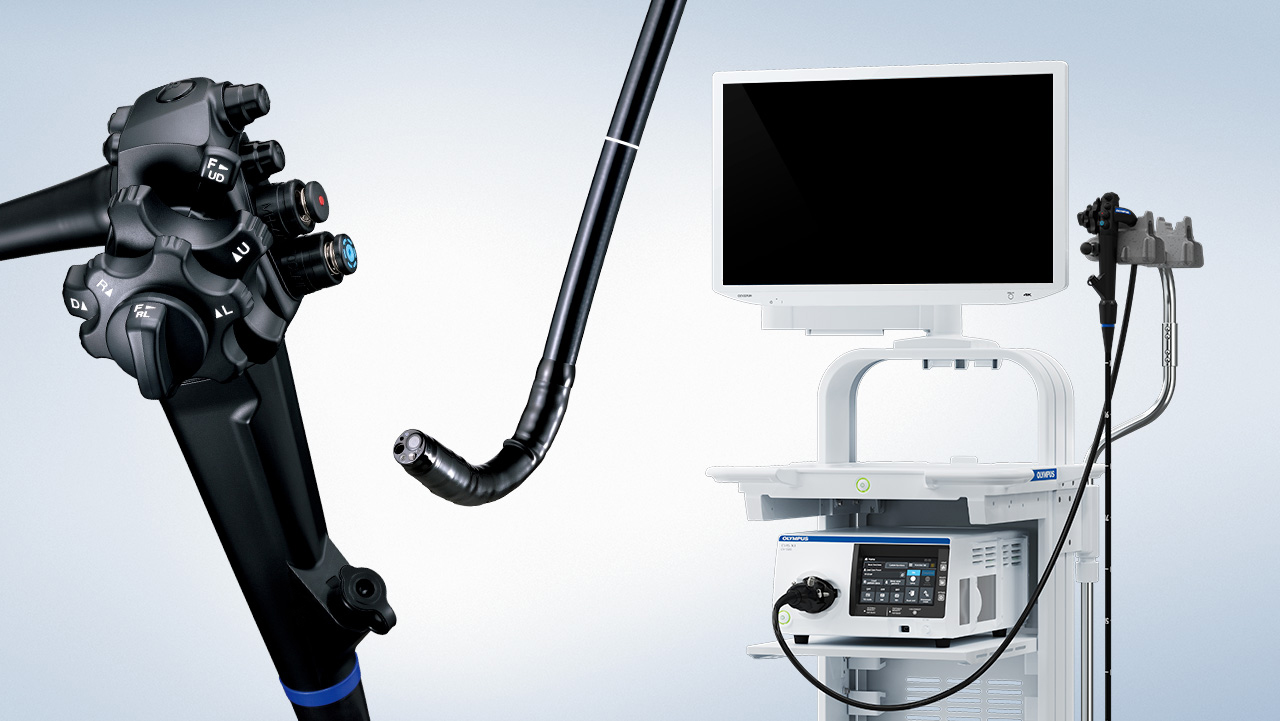NORMAL STOMACH-DUODENUM
.jpg)
Lesion: Cardia. Appearance of the cardia after partial withdrawal of the shaft during retroflexion maneuver. the cardia hugged the body of the endoscope

Lesion: Panoramic view of the gastric body. It can be achieved by clockwise rotation of the shaft and elevation of the tip of the scope. Longitudinal orangeish pink zigzag mucus, disappears when inflated

Lesion: Gastric angularis and pyloric antrum. The detail image of the angularis can be easily obtained during withdrawal phase of the procedure:
1. Position the tip of the scope at the level of the distal body.
2. Rotate the scope counterclockwise and advance forward. Gastric angularis is a horizontal fold between the body and antrum. The end of the antrum is the ring-shaped pylorus

Lesion: Horizontal configuration of the transitional zone between the duodenal bulb and the superior duodenal angle. Decompression of the stomach and reduction of the gastric loop should precede an exploration of the second portion of the duodenum. Counterclockwise rotation may facilitate intubation of the duodenum beyond the duodenal bulb. Slot at 5h is the way go to the second portion of the duodenum

Lesion: Major duodenal papilla. It is the hallmark of the second portion of the duodenum. It is seen more clearly during withdrawal phase at 11–12 o’clock location.
Related posts
- Forrest classification for ugib - 03-05-2021
- Dieulafoy’s lesion - 29-04-2021
- Henoch-schonlein purpura - 04-05-2021
- Crohn’s desease - 03-05-2021
- Pertrophic pyloric stenosis (hps) - 03-05-2021
- Lymphangiectasia (lae) - 03-05-2021
- Celiac sprue - 04-05-2021
- Lymphoproliferative - 03-05-2021
- Gastric Tumors - 03-05-2021
- Gastric foreign bodies - 03-05-2021
-

Self-design suction tool
20-05-2021 -

Removing phytobenzoar in Pig's stomach
20-05-2021 -

Remove twisting of the pig colon
04-05-2021 -

Pig stomach endoscopy
04-05-2021
-

Management of Ingested Foreign Bodies in Children: A Clinical Report of the NASPGHAN Endoscopy Committee
28-04-2021 -

Management of Familial Adenomatous Polyposis in Children and Adolescents: Position Paper From the ESPGHAN Polyposis Working Group
28-04-2021 -

Pediatric Colonoscopic Polypectomy Technique
28-04-2021 -

Gastrostomy Placement in Children: Percutaneous Endoscopic Gastrostomy or Laparoscopic Gastrostomy?
28-04-2021







